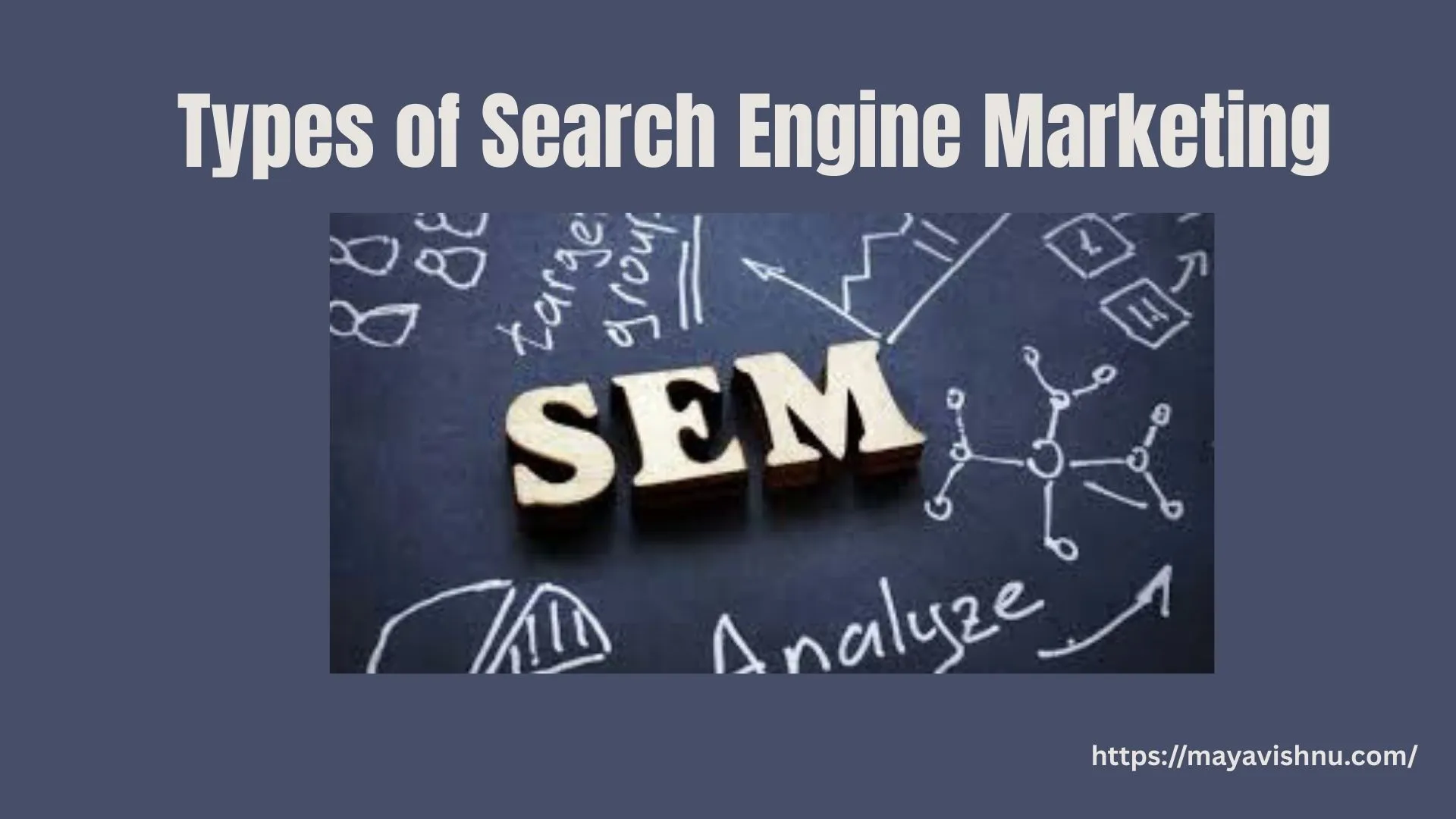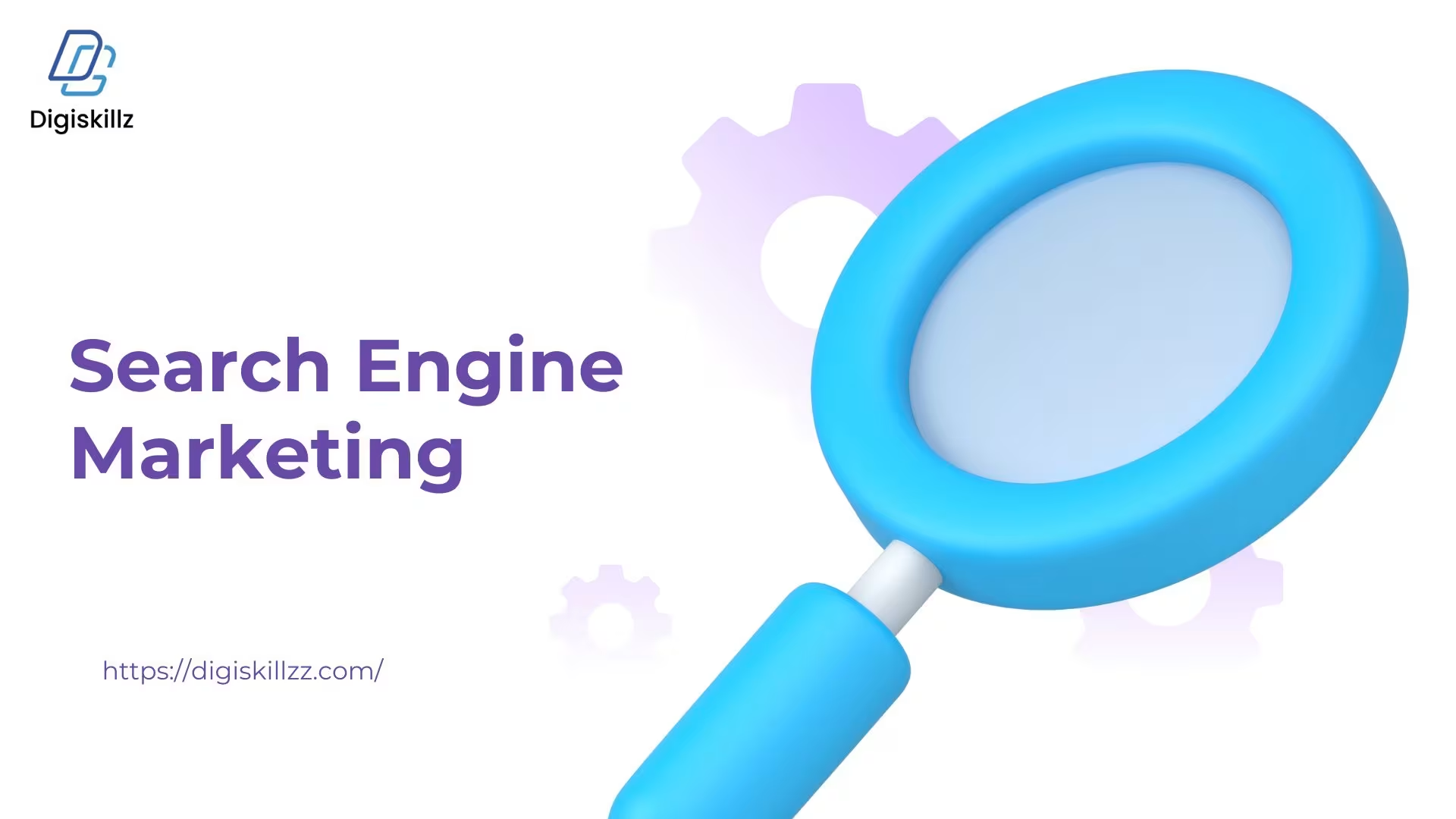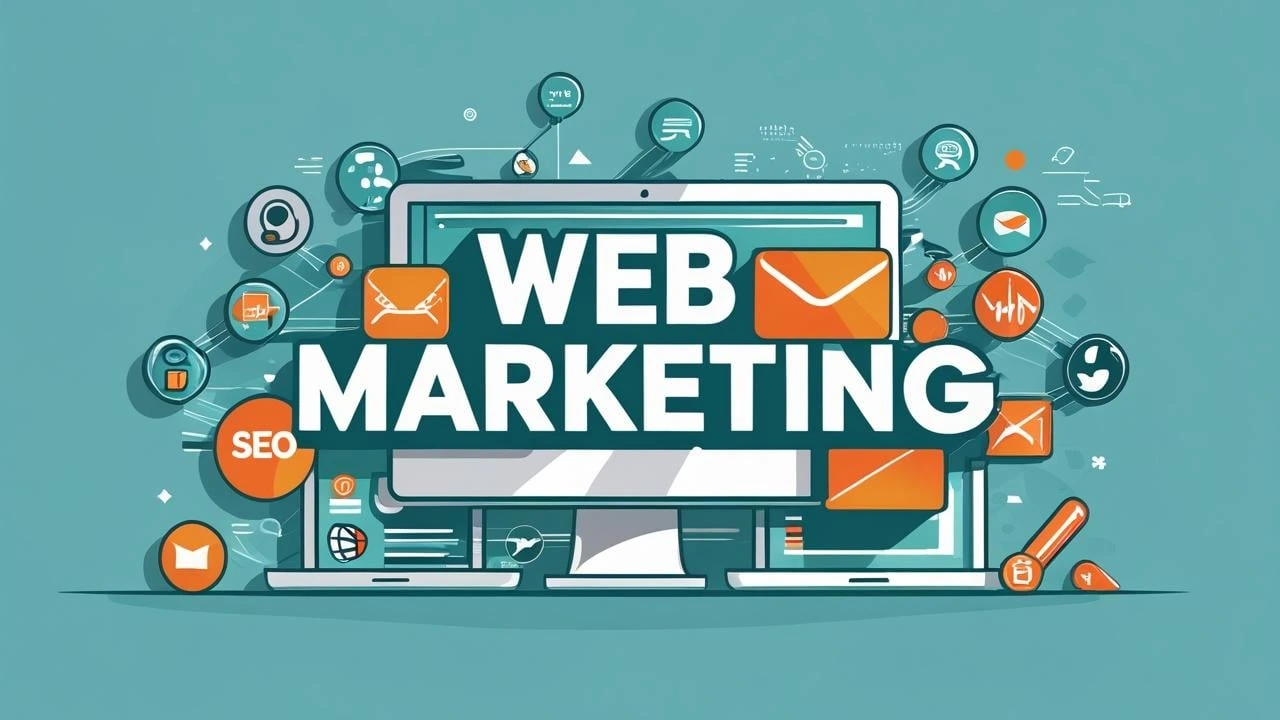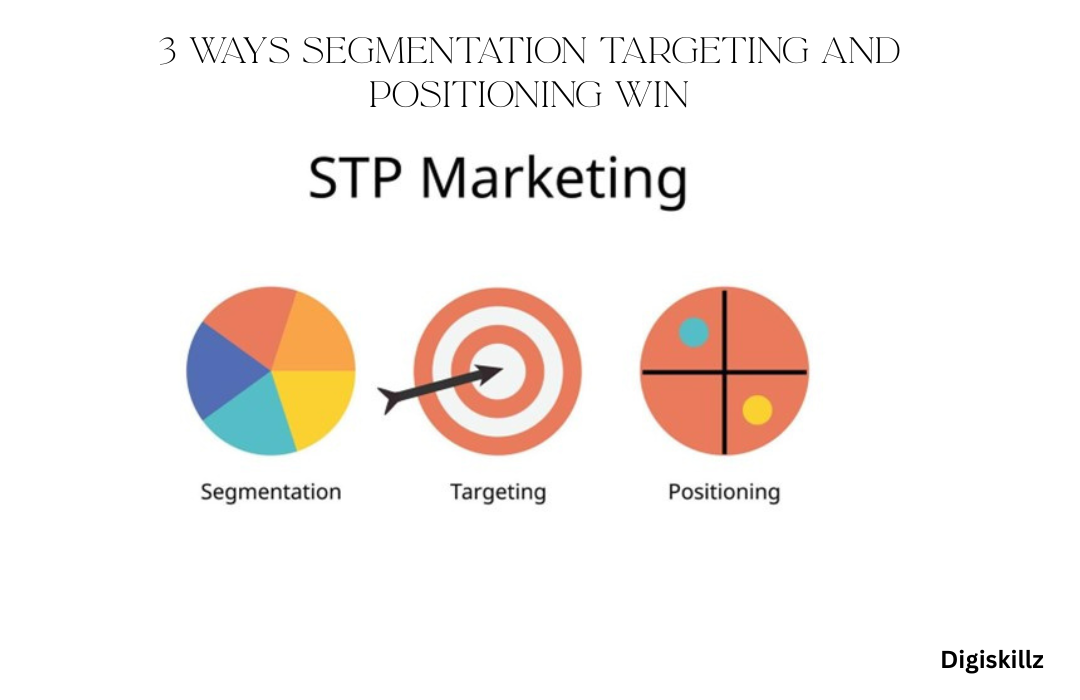Types of Search Engine Marketing (SEM) have become the backbone of digital advertising, enabling businesses of all sizes to connect with their audience right when they are actively searching for products or services. Unlike traditional marketing, SEM is driven by intent—users entering queries are already looking for solutions. This makes it one of the most powerful and cost-effective ways to grow online. Rather than being a single tactic, SEM is a blend of strategies aimed at boosting visibility in search results. To make the most of it, let’s dive into the different Types of Search Engine Marketing and how each can benefit your business.
Table of Contents
What is Search Engine Marketing?

Before exploring the different Types of Search Engine Marketing, it’s important to understand what SEM means. Search engine marketing is a powerful digital strategy designed to promote websites by improving visibility on search engines like Google, Bing, and Yahoo.
It covers both paid advertising methods (such as Google Ads) and organic search strategies (like SEO). Together, these approaches ensure that your brand reaches potential customers at multiple stages of their buying journey.
Paid Search Marketing (PPC Campaigns)
Paid search, often known as pay-per-click (PPC), is among the most widely used types of Search Engine Marketing. In this model, advertisers bid on keywords, and ads are displayed in search results when those terms are searched. Payment is required only when a user clicks on your advertisement.
Provides instant visibility
Targets specific demographics and locations
Offers complete control over ad spend
Delivers measurable and trackable results
For businesses seeking fast traffic and quality leads, PPC is one of the most effective Types of Search Engine Marketing. Google Ads and Microsoft Advertising (Bing Ads) are at the forefront of this category.
Search Engine Optimization (SEO)

Among the different Types of Search Engine Marketing, PPC delivers immediate results, while SEO aims to enhance your website’s visibility in organic search results. Unlike PPC, SEO drives free traffic but demands consistent effort and strategy.
Key areas of SEO include:
On-Page SEO: Optimizing titles, headings, content, and keywords.
Off-Page SEO: Building quality backlinks to strengthen authority.
Technical SEO: Enhancing site speed, mobile responsiveness, and crawlability.
As one of the most trusted Types of Search Engine Marketing, SEO not only increases visibility but also builds credibility, since users often view organic results as more reliable than paid ads.
Local Search Marketing
Among the different Types of Search Engine Marketing, local search marketing plays a vital role for businesses serving specific regions. This strategy targets nearby customers using tools like Google Business Profile (formerly Google My Business), local citations, and location-based keywords. For example, when someone searches “best coffee shop near me,” local search optimization helps your business appear in Google’s “local pack” at the top of results.
Key tactics for Local SEM include:
Optimizing your Google Business Profile
Encouraging customer reviews
Using local keywords such as “dentist in Chicago”
Building local backlinks from regional websites
This type of SEM is especially valuable for restaurants, clinics, and service providers, helping them gain visibility where it matters most—their own communities.
Shopping Ads (Product Listing Ads)
Shopping Ads, also known as Product Listing Ads (PLAs), are one of the most effective types of Search Engine Marketing widely used by e-commerce businesses. Unlike traditional text-based ads, Shopping Ads highlight product images, titles, prices, store names, and even ratings—making them highly visual and appealing to potential buyers. When users search for specific products, these ads often appear at the top of search results or within the dedicated “Shopping” tab, allowing shoppers to easily compare options from different sellers.
Key Features of Shopping Ads:
Visual Presentation – Displays engaging product images instead of plain text.
Product Information – Provides details such as title, price, availability, and reviews.
High-Intent Targeting – Triggered when users search for specific products, ensuring they’re closer to making a purchase.
Pay-Per-Click Model – Advertisers incur costs only when someone clicks on the advertisement.
Multiple Ad Placement – Retailers can showcase multiple products in the same search.
Benefits of Shopping Ads
Higher Click-Through Rate (CTR): Since users see images and prices, they are more likely to click.
Increased Sales: Designed for conversions as they attract ready-to-buy customers.
Broader Reach: Multiple products from one store can appear for a single search.
Mobile-Friendly: Works perfectly for mobile shoppers who prefer quick browsing.
Competitive Advantage: Provides visibility against competitors in a comparison-based format.
How Shopping Ads Work
Product Feed Setup: Retailers upload product data (image, price, description, etc.) into Google Merchant Center.
Ad Campaign Development: Connect Merchant Center to Google Ads and establish a shopping campaign.
Auction Process: Ads enter Google’s auction system and appear based on relevance, bid, and quality.
User Click & Conversion: When a user clicks, they are redirected to the retailer’s website to complete the purchase.
Types of Shopping Ads
Among the different Types of Search Engine Marketing, Product Shopping Ads highlight a single item with an image, title, and price, while Local Inventory Ads showcase nearby product availability in physical stores, helping businesses connect both online and offline customers.
Remarketing Campaigns

Remarketing (or retargeting) is a smart SEM technique that re-engages users who previously visited your website but didn’t convert. These users are shown targeted ads as they browse other websites or return to search engines.
Benefits of Remarketing:
Keeps your brand top of mind
Targets warm leads (users already interested)
Improves conversion rates
Remarketing ensures that potential customers don’t forget about your brand, nudging them back to complete their purchase or inquiry.
Video Search Marketing
YouTube, being the second-largest search engine worldwide, makes video search marketing an essential part of the Types of Search Engine Marketing strategies. Businesses can optimize their videos with targeted keywords or launch engaging video ad campaigns to capture audience attention. Popular approaches include tutorial videos, product demonstrations, customer testimonials, and YouTube ads. Since video content is more engaging than text, it often drives stronger brand awareness and higher conversions.
Another key element in the Types of Search Engine Marketing is display advertising. While display ads don’t appear directly in search results, they work hand-in-hand with SEM by targeting audiences across the web. Display ads may appear as banners, images, or videos within the Google Display Network (GDN). When combined with search campaigns, display advertising boosts brand recognition and encourages potential customers to revisit your site—for example, by showing ads on news websites to users who previously searched for your product.
Voice Search Optimization

The rise of smart speakers and voice assistants like Siri, Alexa, and Google Assistant has transformed how people search online. Unlike traditional text-based searches, voice queries tend to be longer and more conversational. To succeed in this space, businesses should use natural language, target long-tail keywords, optimize for local “near me” searches, and provide clear, direct answers to common questions. Voice search optimization is becoming one of the most important types of Search Engine Marketing, and companies cannot afford to overlook its growing impact. Mobile Search Marketing
Mobile search marketing is one of the key Types of Search Engine Marketing, ensuring businesses are optimized for the rising number of users searching via smartphones. With over 50% of searches now coming from mobile devices, factors like mobile-friendly website design, fast-loading pages, click-to-call ads, and location-based targeting are crucial. Since mobile users often search with urgency (e.g., “emergency plumber near me”), optimizing for mobile can significantly boost conversions.
Social Media Search Ads

While traditional search engines still dominate the landscape of SEM, social platforms like Facebook, Instagram, LinkedIn, and TikTok are also evolving into powerful search engines in their own right. Users actively search for products, services, and businesses on these platforms. By running social search ads, businesses can target audiences based on interests, behavior, and search intent—blurring the lines between social advertising and different types of Search Engine Marketing.
Why Businesses Need Multiple Types of Search Engine Marketing
Each type of SEM serves a unique purpose in driving growth:
PPC ads deliver immediate traffic and measurable results.
SEO builds long-term visibility and credibility.
Local SEM captures nearby customers searching with local intent.
Remarketing re-engages warm leads and boosts conversions.
Video and display ads increase brand awareness and engagement.
By combining multiple types of Search Engine Marketing, businesses create a balanced strategy that delivers quick wins while also ensuring sustainable growth.
Best Practices for Paid Search Advertising (PPC)
Conduct detailed keyword research with tools like Google Keyword Planner, Ahrefs, or SEMrush.
Use negative keywords to eliminate wasted ad spend.
Write compelling ad copy with clear USPs and strong CTAs.
Focus on Quality Score to lower CPC and improve rankings.
Keep on A/B testing headlines, descriptions, and CTAs to improve CTR.
Best Practices for Display Advertising
Focus on customers in a defined radius to enhance local outreach.
Design eye-catching creatives with high-quality visuals and concise messages.
Use remarketing to re-engage previous visitors.
Exclude low-quality placements to maintain ad relevance.
Ensure all ads are mobile-friendly since most display traffic comes from mobile devices.
Best Practices for Shopping Ads (Product Listing Ads)
Optimize product feeds with accurate titles, descriptions, and images.
Use professional, high-quality product photos.
Categorize products correctly for improved relevance.
Highlight promotions like discounts, free shipping, or special offers.
Regularly update inventory to avoid disapproved ads or wasted spend.
Best Practices for Local Search Ads
Keep Google Business Profile updated with accurate hours, location, and services.
Use location extensions for easy customer navigation.
Encourage positive reviews to boost credibility and click-through rates.
Focus on customers in a defined radius to enhance local outreach.
Enable call extensions for instant customer engagement.
Optimal Strategies for Video Ads (YouTube and Other Platforms)
To lower the number of ad skips, seize attention in the first 5 seconds.
Segment audiences with custom intent and in-market targeting.
Keep videos short, engaging, and impactful (15–30 seconds works best).
Add clear CTAs to drive traffic to websites or offers.
Use video ads to retarget past visitors and strengthen brand awareness.
Conclusion
The types of search engine marketing offer businesses multiple ways to capture audience attention, from paid ads and organic SEO to voice search and remarketing campaigns. Each method has its strengths, but when combined strategically, they create a powerful system that attracts traffic, builds credibility, and drives sales.
Whether you’re a local business trying to attract nearby customers or an e-commerce brand seeking global reach, SEM provides the tools you need to thrive in today’s competitive digital landscape. By investing in the right mix of SEM strategies, your business can rise above competitors and stay visible to customers exactly when they need you most.
Author: Vishnumaya
for more blogs: Website











Leave A Comment